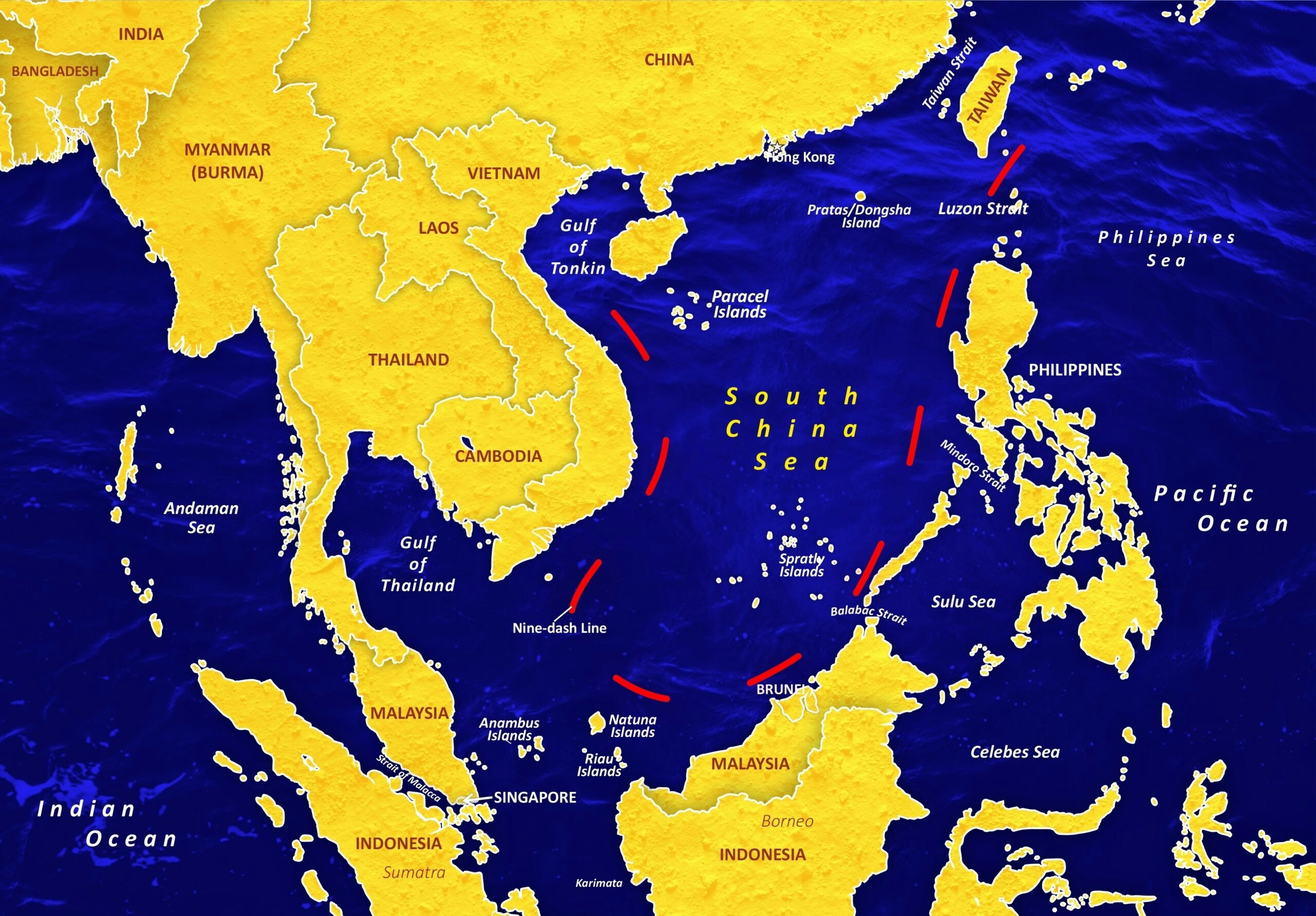North Korea may be odd and menacing, but fortunately, it’s much less opaque these days. More and more books are being published that offer insights into what North Korea is really like.
North Korea has been in the headlines nearly every day for the past few years. A country that can’t generate enough electricity successfully hacks into the systems of Sony after the release of an unflattering movie about their leader. Its nuclear and missile tests demonstrate rapid progress and put the United States and key allies on edge. North Korean threats to disrupt the Winter Olympic Games in Pyeongchang are defused and a joint North – South team emerges instead. Talks are held between North and South Korea after years of tension and then, the recent unprecedented U.S.-North Korea summit.
But for most Americans, Korea – North and South – is still not well known.
South Korea is one of our most important allies, a major economic partner, and host to thousands of American servicemen and women. In the course of a few decades, it has transformed from a backward dictatorship to a vibrant democracy and a prosperous market economy. Korean brands and products are now in every American home.
Meanwhile, North Korea’s isolation makes it a mystery for many. A bankrupt state where hunger is common is able to threaten far more advanced nations. Human rights violations are rampant and over 100,000 men, women, and children suffer in prison camps. Religion is banned, but three generations of the ruling Kim family are revered as gods. While nominally communist, most North Koreans now rely on the free market for their livelihoods.
North Korea may be odd and menacing, but fortunately, it’s much less opaque these days. More and more books are being published that offer insights into what North Korea is really like.
Revealing books
Here are four books that will give a better understanding of North Korea and one focusing on South Korea’s transformation.
While much of the news about North Korea focuses on the military threat, an equally important story is the human rights environment. At the Bush Center, we talk about North Korea being the worst place on earth, and not without reason. It’s vital to remember that North Koreans are first and foremost human beings, often living in unimaginable circumstances. In recent years, a number of books have been published by or about North Korean refugees. I recommend three of the best.
Melanie Kirkpatrick’s Escape from North Korea (2014) takes a comprehensive look at the phenomenon of North Koreans risking everything by fleeing the country. The former Wall Street Journal correspondent and editor introduces a number of North Koreans and how they wrestled with the decision to leave and made their way to freedom. She also provides the reader with an understanding of the mechanics and challenges of escape, describing the emergence of an Underground Railroad – a secretive network of individuals, organizations, and churches who provide safe harbor and assistance to escapees.
Joseph Kim is one such escapee. His journey from a homeless orphan on the streets of Pyongyang to a new life in America is detailed in his 2015 book, Under the Same Sky. Joseph’s inspirational story encapsulates the importance of freedom to the human soul. He takes us through his struggle to survive in North Korea, his separation from his sister, to an improbable new life as a high school student in Virginia to a college student in New York. Today, he is one of the best known North Korean escapees and one of the few to speak publicly about his experience and what he left behind.
Kang Chol-Hwan’s 2005 autobiography, The Aquariums of Pyongyang – Ten Years in the North Korean Gulag is an astonishing and influential book. As a boy, he was taken with his entire family to one of North Korea’s prison camps after his grandfather committed a political crime. While Mr. Kang’s description of the hardships he endured over a decade are tough to read, his release and later escape to freedom inspire. His story was the first published account of life inside the camps and caught the attention of President George W. Bush, who read the book and invited him to the White House for a meeting. Kang Chol-Hwan was the first North Korean refugee to be welcomed into the seat of American government.
With the recent summit and prospect for ongoing negotiations between the United States and North Korea, speculation abounds about the secretive Kim Jong-Un and whether a lasting peace can be achieved. Victor Cha, a noted scholar and a fellow at the Bush Center, was a key player in the last round of negotiations with Pyongyang, when he served on President Bush’s National Security Council staff. Cha’s 2013 book, The Impossible State: North Korea, Past and Future, gives the reader a seat at the table and important insights into what talks with North Korea have produced in the past.
And finally, if you are looking for insight into South Korea’s recent progress, I recommend The New Koreans (2017), by journalist Michael Breen. Breen describes South Korea’s three recent miracles – economic development, democratization, and the spread of Korean culture around the world – while giving the reader an overview of Korean history. While he focuses on South Korea’s story, his insights into how Koreans view each other and world apply to both halves of the divided peninsula.
This short list of books about Korea only scratches the surface, but they can give a good introduction to a country that’s not well known, but incredibly pivotal to the United States and our interests. Especially as we enter a new phase of interaction with North Korea, Americans ought to know more about one of our closest allies and a longtime adversary that might perhaps become a friendlier country one day.






























